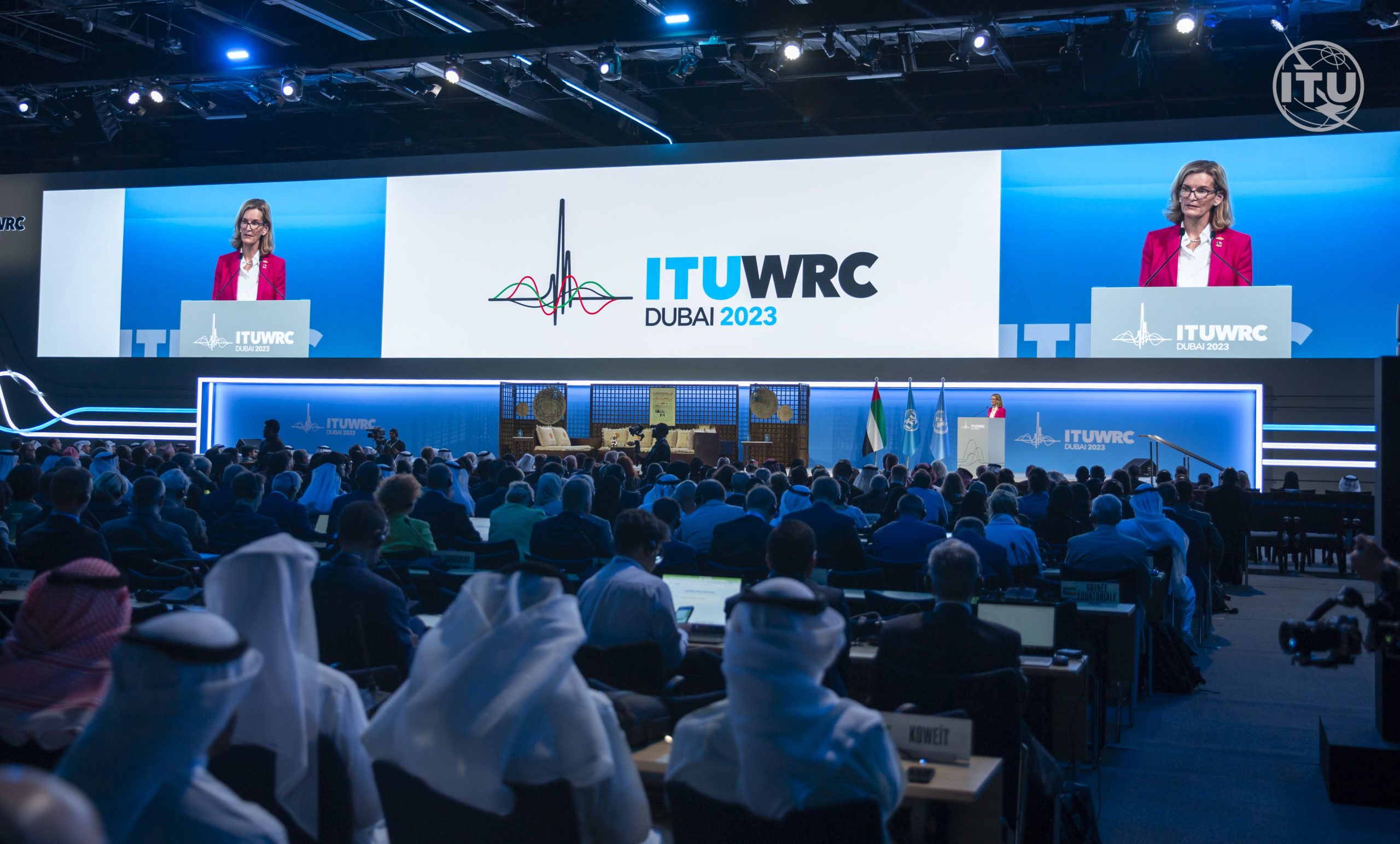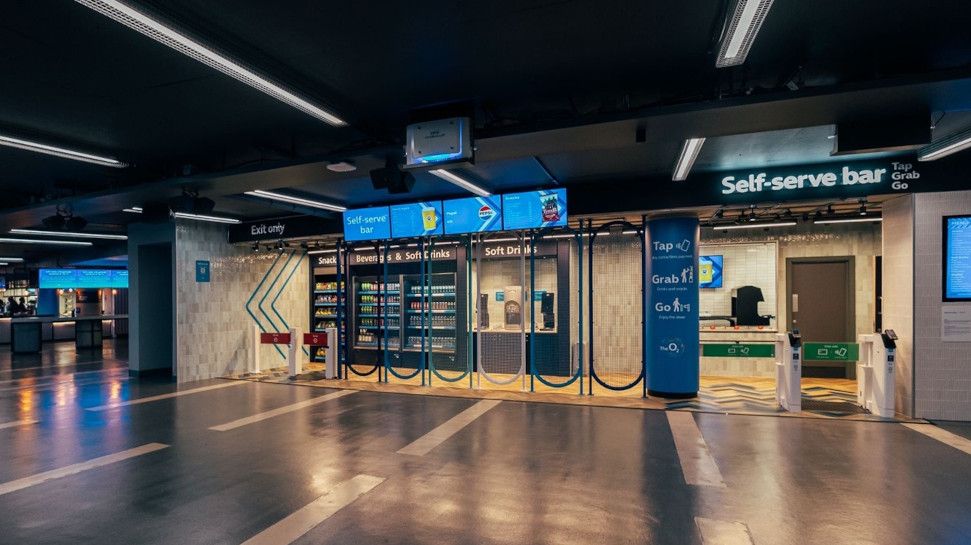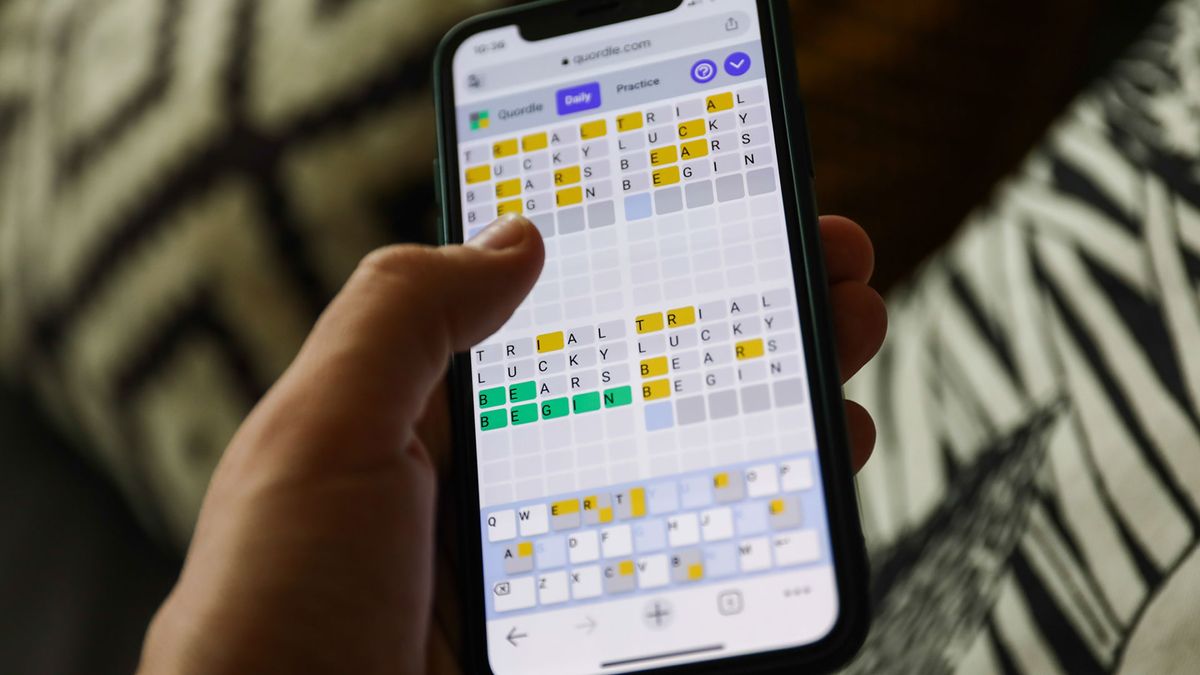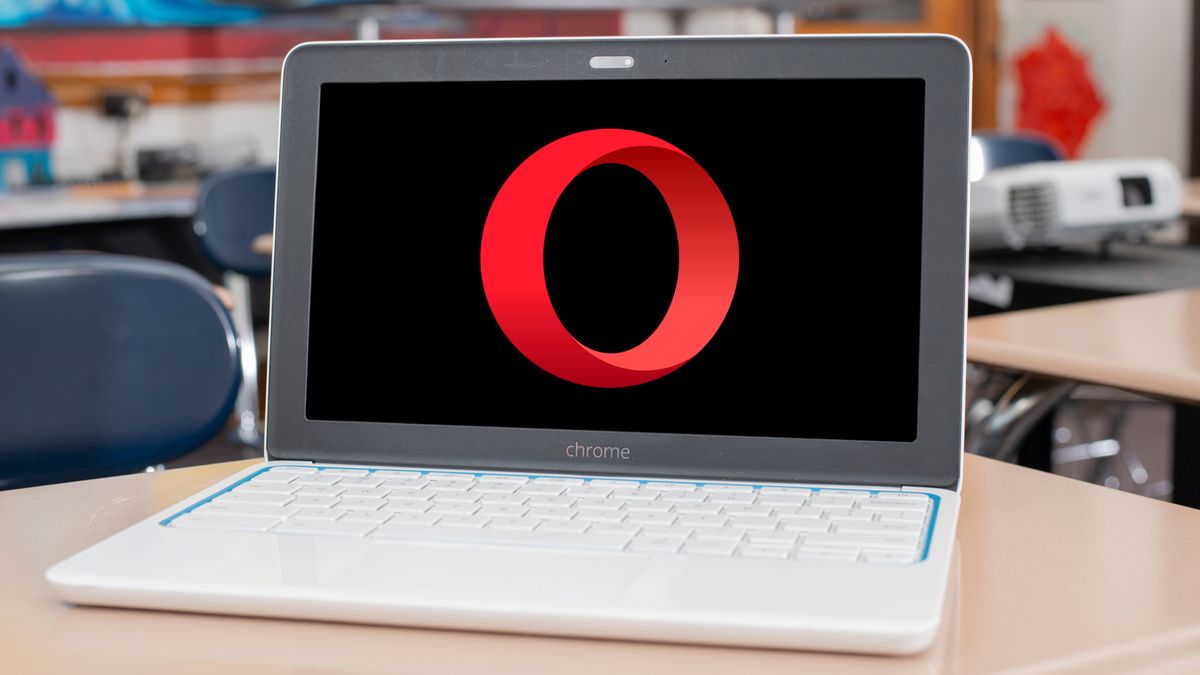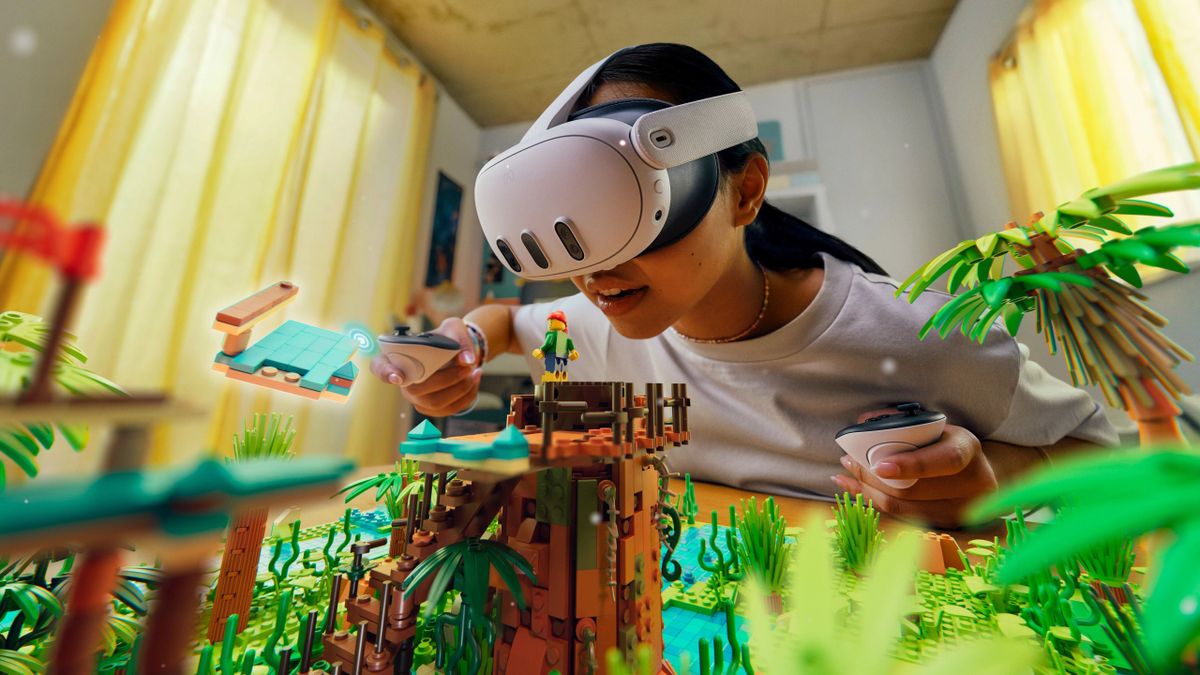Spectrum decisions at the 2023 ITU World Radiocommunication Conference pave the way to a bright digital future for billions of people around the world
December 15, 2023, Dubai: The World Radiocommunication Conference 2023 (WRC-23) concluded today with groundbreaking spectrum decisions that will shape the future of mobile communications. Governments agreed on new low-band mobile spectrum (below 1 GHz) and mid-band spectrum in the 3.5 GHz and 6 GHz ranges. The GSMA, which represents mobile operators around the world, welcomed satisfaction these results that will allow the mobile sector to plan the next wave of communications development through 5G-Advanced and beyond.
The World Radiocommunication Conferences are held every four years under the auspices of the International Telecommunication Union (ITU), a United Nations agency specialized in information and communications technologies. These treaty conferences have the power to change international agreements on the use of the radio spectrum. For mobile services, called International Mobile Technologies (IMT) in the ITU, WRCs play an essential role in spectrum harmonization. Harmonization ensures economies of scale and facilitates the planning of new spectrum bands to address data growth and deliver a bright future of sustainable connectivity.
“WRC-23 has provided a clear roadmap for mobile services to continue to evolve and expand for the benefit of billions of people around the world.” saying John Giusti, chief regulatory officer at the GSMA. “The GSMA believes that no one should be left behind in the digital age and the decisions at WRC-23 will allow us to deliver a brighter future where mobile technology unites communities, delivers industrial agility and delivers economic growth. “Implementing WRC-23 decisions will support global digital ambitions, deliver greater digital equality and unlock the full power of connectivity.”
WRC-23 took aggressive action to address mobile data growth by identifying additional mid-band spectrum for mobile. Final harmonization of the 3.5 GHz band (3.3-3.8 GHz), the pioneering 5G band, was achieved throughout Europe, the Middle East and Africa (EMEA), as well as throughout the Americas. In particular, a new band – the 6 GHz band (6.425-7.125 GHz) – was identified for mobile services in each ITU Region (EMEA, Americas and Asia Pacific). Countries representing more than 60% of the world's population requested to be included in the identification of this band for licensed mobile services at WRC-23. The 6 GHz spectrum is now the harmonized home for mobile capacity expansion for 5G-Advanced and beyond.
WRC-23 also marked a path towards greater digital equality by defining mobile use of more low-band spectrum in the 470-694 MHz band in EMEA. Low bands can help expand the Internet connectivity capacity of rural communities, as their signals reach wide areas. WRC-23's new low-band mobile allocations will be an important tool to break down barriers to digital equality in the EMEA region and reduce the urban/rural connectivity gap.
“Today, more than half of the world is connected to mobile Internet.” saying Luciana Camargos, Head of Spectrum at GSMA. “But as mobile connectivity develops, we need to ensure we can offer services for everyone. The great legacy of WRC-23 will be to enable us to do this sustainably, affordably and in a way that benefits the entire planet. We cannot stop here: WRC-23 is just the starting signal and now governments will have to act on their decisions, enabling new mobile technologies that embrace sustainability and unleashing the full potential of mobile telephony to deliver a better tomorrow for our planet”.
Delegates credited the UAE and its telecommunications regulator, TDRA, for hosting an unforgettable WRC, ensuring that ITU member states had the necessary facilities to engage in long and complex negotiations. As a result of his leadership in chairing the conference, WRC-23 will be remembered for its balanced yet bold decisions that will generate digital evolution and connect the world.
Discussions on mobile spectrum at WRC-23 focused on three main ranges:
- low band The spectrum is ideal for covering large areas with lower population density. This makes it an important natural resource that can generate digital equality. The GSMA believes that access to connectivity should not depend on where a person lives and progress on low-band spectrum will help ensure digital equality is achieved between urban and rural areas. In low- and middle-income countries, adults are 29% less likely to use mobile Internet if they live in a rural area compared to their urban counterparts. Increasing low-band capacity can help support better rural networks.
- City-wide capacity requires mid-band spectrum to meet most connectivity requirements. He 3.5 GHz range It is the birthplace of 5G and is already assigned in more than 80 countries. Further harmonization of the 3.5 GHz range at WRC-23 will allow more countries to take advantage of economies of scale in the mobile ecosystem and benefit from higher speeds provided by wide spectrum channels in this range.
- On average, 2 GHz of average spectrum per market will be needed by 2030 to meet the demand of citizens and businesses in cities around the world. He 6GHz The band is the only remaining mid-band spectrum currently available to respond to the growth of data traffic in the 5G-Advanced era. The decision by WRC-23 to harmonize the 6 GHz band across all ITU Regions is a critical milestone, bringing a population of billions closer to a harmonized 6 GHz mobile footprint. It also serves as a critical development trigger for manufacturers in the 6 GHz equipment ecosystem.
-ENDS-
About the GSMA
The GSMA is a global organization that unifies the mobile ecosystem to discover, develop and deliver critical innovation for positive business environments and social change. Our vision is to unlock the full power of connectivity so that people, industry and society thrive. Representing mobile operators and organizations across the mobile ecosystem and adjacent industries, the GSMA offers its members three broad pillars: connectivity for good, industry services and solutions, and outreach. This activity includes advancing policy, addressing today's biggest societal challenges, supporting the technology and interoperability that make mobile devices work, and providing the world's largest platform to convene the mobile ecosystem at the MWC and M360 series of events.
We invite you to learn more at gsma.com
Media contacts
GSMA Press Office
press [email protected]

